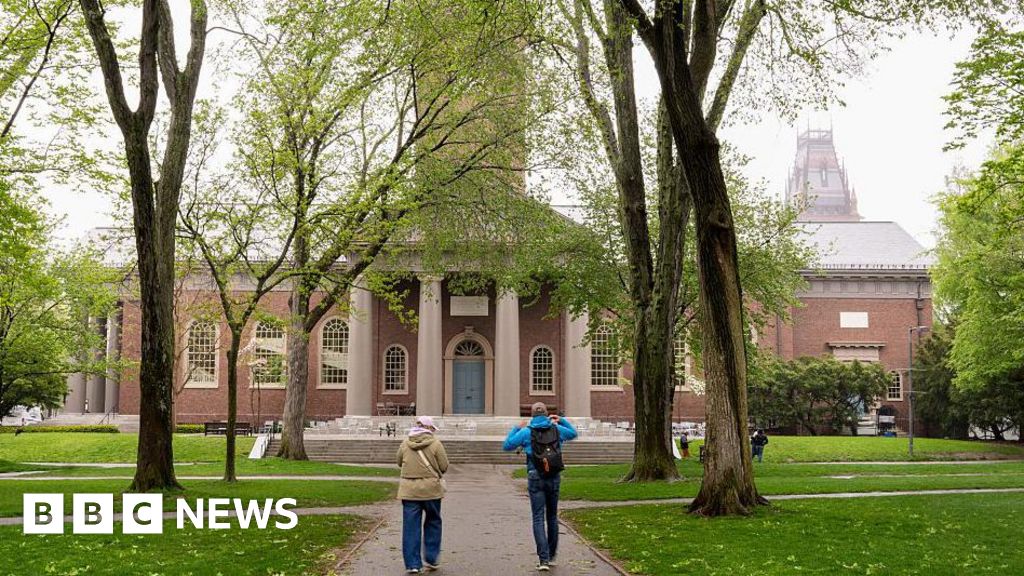UPF researchers have led the creation of a computational simulator that is unique in the world to study one of the causes of chronic back pain, in the framework of research conducted in collaboration with the Hospital del Mar Research Institute (HMRIB).
One of the main causes of chronic back pain is the degeneration of the intervertebral disks of the spine, due to imbalances in the biochemical processes that occur between the cells that comprise them. The research team has created the world’s first computer system to simulate these biochemical processes, the result of complex interactions between different proteins that are difficult to measure.
The new simulator will not only allow better understanding of the biological cause of back pain, but also lay the foundations for designing future treatments that target the root of the problem, not just palliative ones. In addition, the model has been shared in open access with the entire scientific community and constitutes a highly valuable tool for all researchers in the field.
The results of the research have been published in a recent article in the journal npj Systems Biology and Applications. Its principal investigators are Jérôme Noailly, head of the Biomechanics and Mechanobiology (BMMB) research area of the BCN MedTech Unit of the UPF Department of Engineering; and Janet Piñero, a researcher from the Biomedical Informatics Research Programme (GRIB), jointly developed by the Hospital del Mar Research Institute (HMRIB) and the UPF Department of Medicine and Life Sciences.
What are the functions of the intervertebral disks?
The intervertebral disks, located between the vertebrae, are essential to ensure spinal flexibility and cushion the impact of various mechanical activities such as walking, running, lifting weights, etc. In other words, we could compare these disks with balloons that must always be inflated with water to cushion blows but can also be deformed to act as a joint. The disks fulfill various functions to stabilize and articulate the spine, which no material or structure generated by engineering is capable of matching at present.
Unfortunately, they wear with time and this process can come too prematurely and seriously affect the quality of life of those affected. Their degeneration can be due to several factors (genetics, age, metabolism, mechanical loads supported, environmental factors, etc.)
What are the particular features of the intervertebral disks?
The intervertebral disks make up the largest part of the human body to which blood does not flow. In the space separating one cell from another, instead of blood, there is so-called interstitial fluid, mainly formed of saline water, through which nutrients reach the cells, thus allowing metabolic activity similarly to other parts of the body.
Essentially, cellular metabolism can lead to two opposing processes: tissue generation (or anabolism) and tissue destruction (or catabolism). Under ideal conditions, a situation of equilibrium should occur, in which the same tissue is generated and destroyed. But there may be imbalances that favor catabolism and lead to tissue destruction.
In the specific case of the intervertebral disks, this metabolic process has its particularities. First, since there is no blood flow, some proteins generated by the cells remain in the interstitial fluid for a long time, whose activity can end up influencing the metabolism. Second, the cells of the immune system, which circulate through the blood and help defend the body, do not reach this part of the body.
Thus, the disk cells themselves can assume the functions of immune cells and can generate alarm signals, triggering the production of pro-inflammatory proteins with a dual effect: a decrease in the level of production of intervertebral disk tissue and an increase in the production of enzymes that destroy the existing tissue. If this is not compensated by proteins with anti-inflammatory or even regenerative (or anabolic) effects, the consequences can be particularly harmful for this part of the body.
A study that opens the door to future treatments for back pain
The new computational system (Regulatory Network Model) allows simulating the interactions of 33 proteins found in the interstitial fluid and 153 possible interactions between them. This computational model fuses knowledge from previous research on the nucleus pulposus, the central tissue of the intervertebral disks, reflected in 103 scientific articles. It thus allows interrelating the studies of different behaviors of disk cells, which had hitherto been studied in isolation.
“As a simulator, it allows analyzing what effects varying the percentage of certain proteins in the interstitial fluid would have. This can pave the way for designing future personalized biological treatments, based on a better understanding of the complex dynamics of intervertebral disk destruction and maintenance”, Noailly (UPF) explains.
These future treatments could consist of obtaining a serum enriched with the proteins that would be required to preserve or restore the biological maintenance of the intervertebral disks from the patient’s own blood and getting this serum to the intervertebral disk. It should be noted that biological treatments are not pharmacological ones.
The former acts on the interstitial fluid (located between the cells of the disks) on which the present study focuses, to stimulate the cells. The latter would act on the biochemical processes inside the cells, which will be the subject of future studies by the same research group.
More information:
Sofia Tseranidou et al, Nucleus pulposus cell network modelling in the intervertebral disc, npj Systems Biology and Applications (2025). DOI: 10.1038/s41540-024-00479-6
Citation:
Computational simulator targets intervertebral disk biochemistry to find most common cause of back pain (2025, March 18)
retrieved 19 March 2025
from
This document is subject to copyright. Apart from any fair dealing for the purpose of private study or research, no
part may be reproduced without the written permission. The content is provided for information purposes only.


















